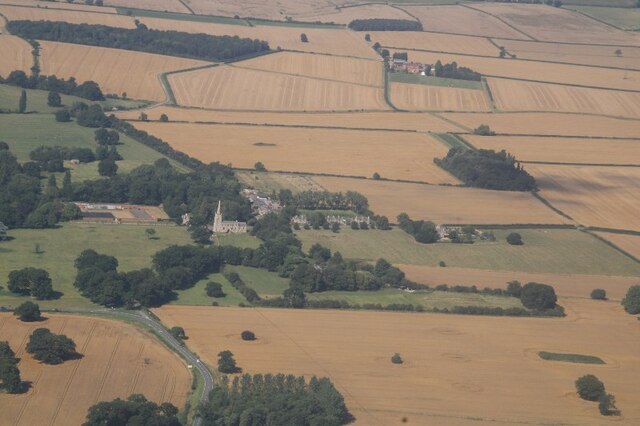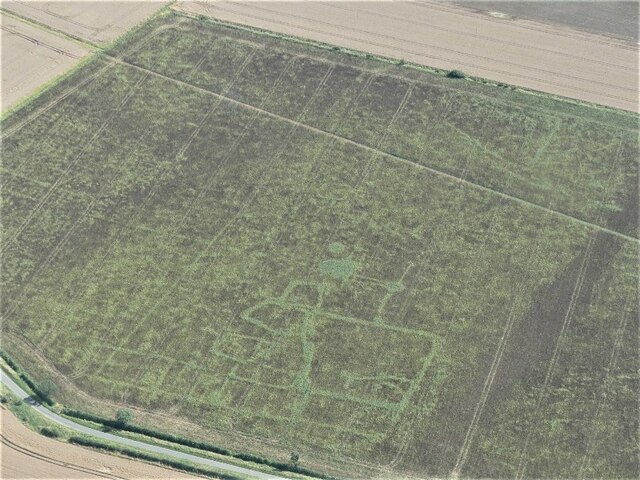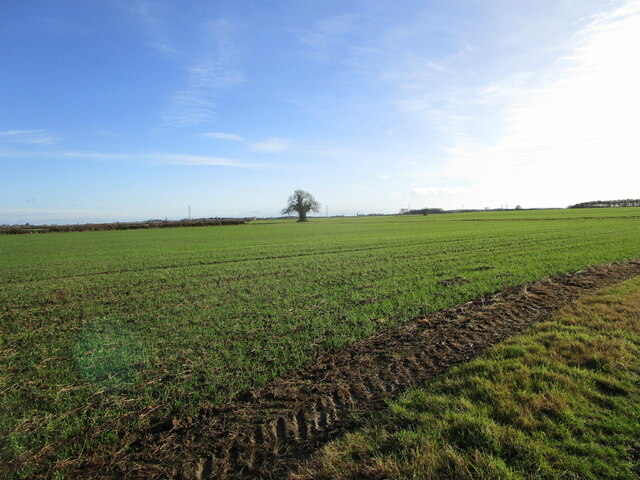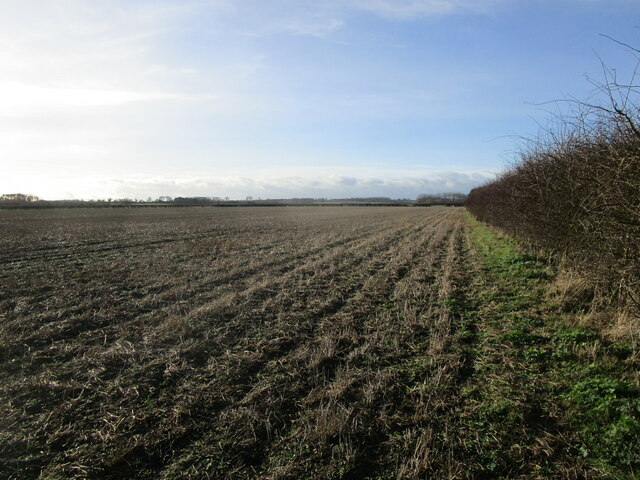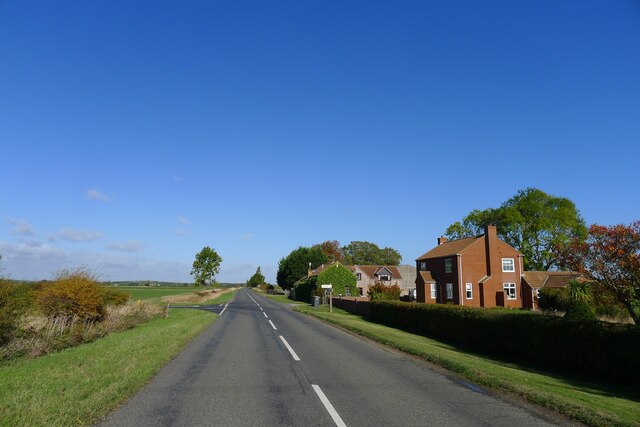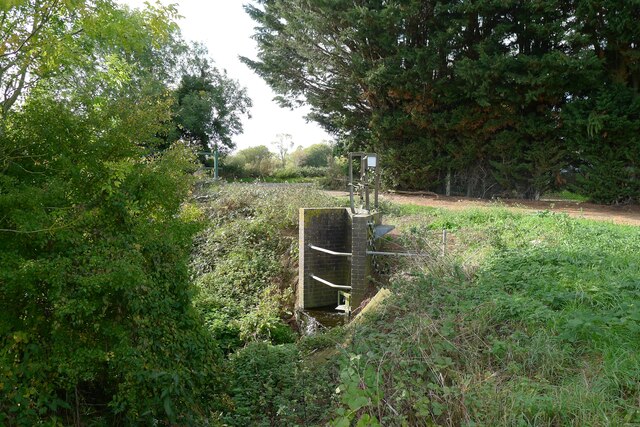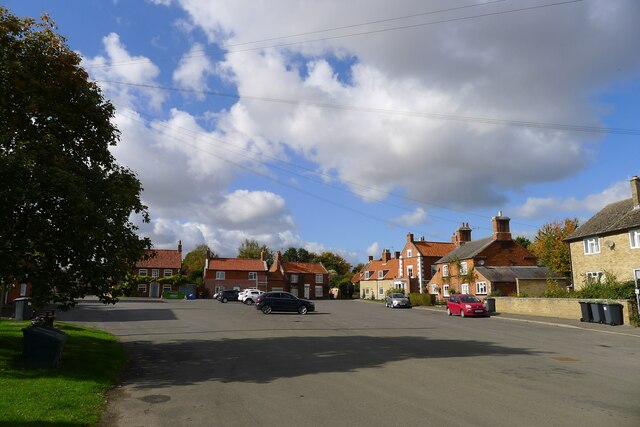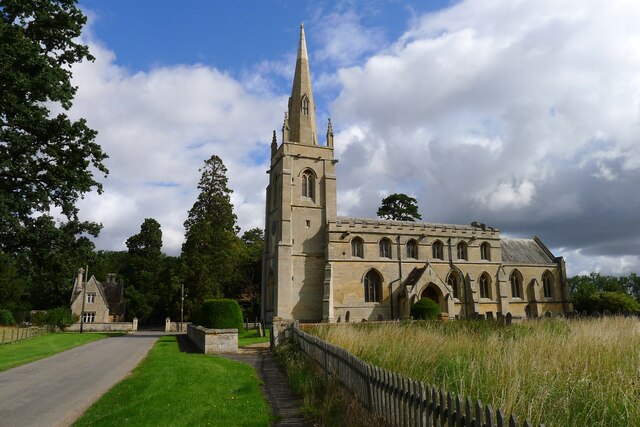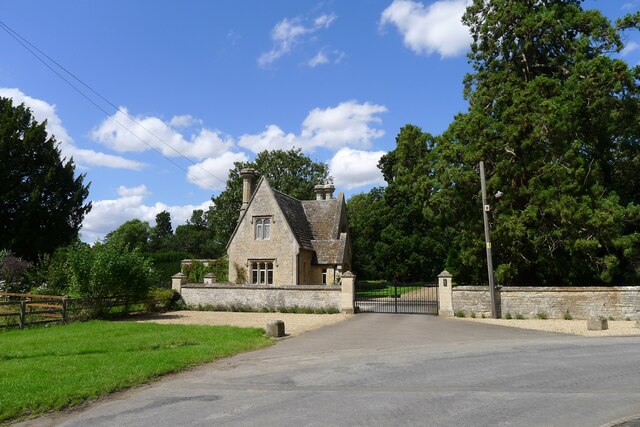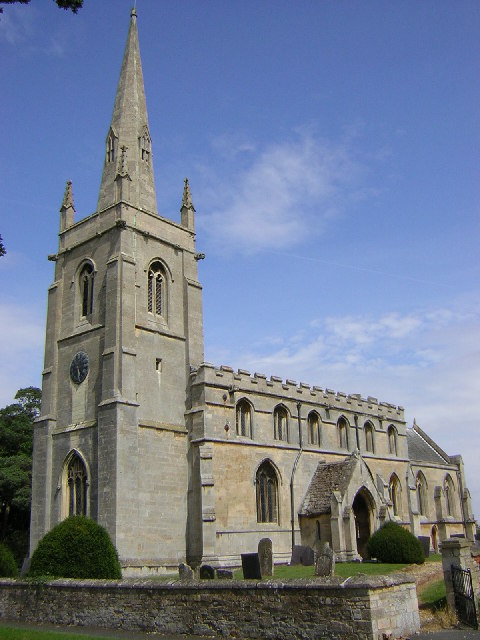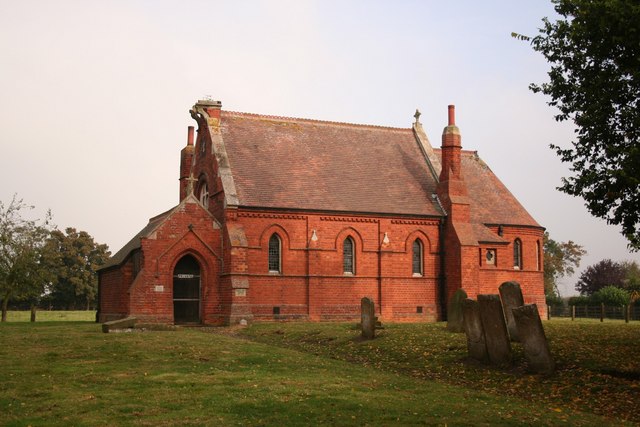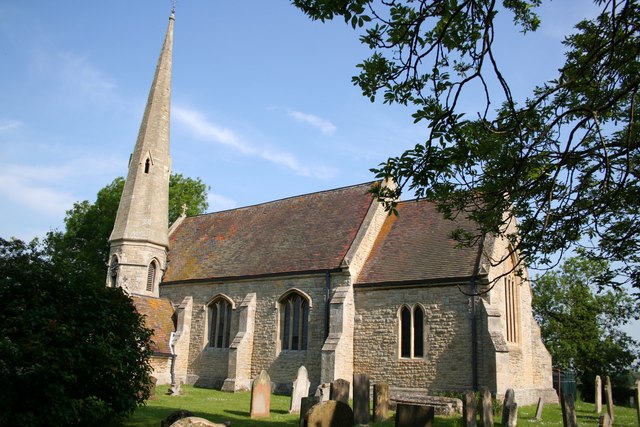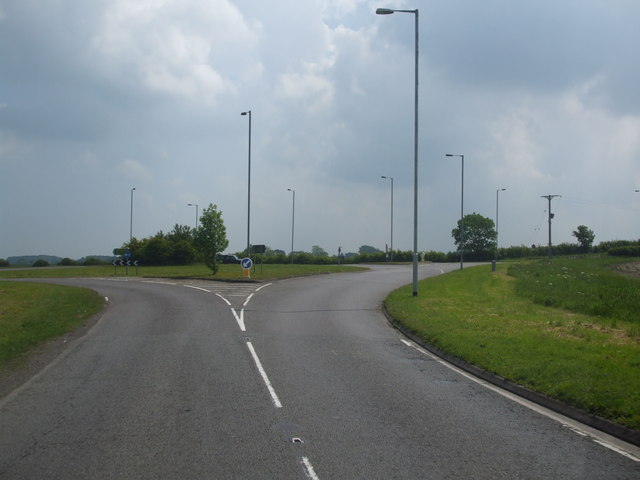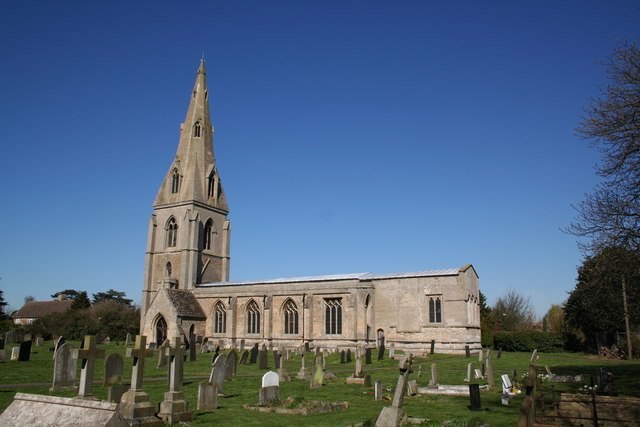Casswell's Plantation
Wood, Forest in Lincolnshire North Kesteven
England
Casswell's Plantation
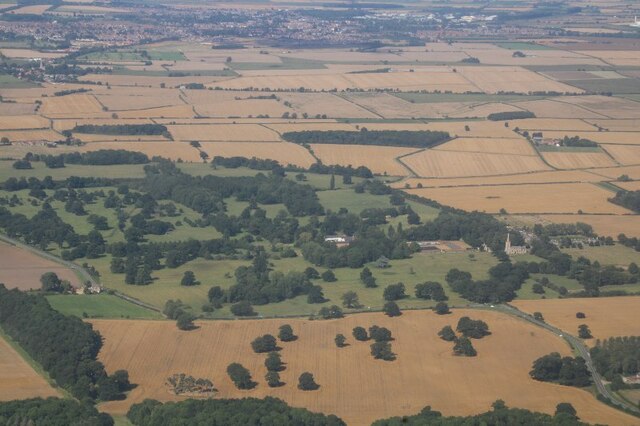
Casswell's Plantation is a picturesque woodland area located in Lincolnshire, England. Covering an area of approximately 300 acres, this plantation is a haven for nature enthusiasts, offering a serene and tranquil environment for visitors to explore.
The plantation is predominantly composed of a variety of deciduous and coniferous trees, creating a diverse ecosystem that supports a wide range of flora and fauna. The impressive tree canopy provides shade and shelter, making it an ideal habitat for numerous bird species, including woodpeckers, owls, and various songbirds.
Walking trails meander through the plantation, allowing visitors to immerse themselves in the natural beauty of the surroundings. These well-maintained paths provide an opportunity to observe the vibrant wildflowers, mosses, and ferns that thrive under the canopy, adding a burst of color to the woodland floor.
Casswell's Plantation is also home to a small lake, enhancing the area's appeal and providing a habitat for aquatic plants and animals. The lake attracts various waterfowl, such as ducks and geese, which can often be seen gliding across the water's surface.
The plantation is a popular destination for outdoor activities such as hiking, birdwatching, and photography. Its peaceful atmosphere and abundant wildlife make it an idyllic spot for nature lovers seeking a respite from the hustle and bustle of everyday life.
Overall, Casswell's Plantation in Lincolnshire is a remarkable woodland area that showcases the beauty of nature in its purest form. Its diverse flora and fauna, combined with its tranquil ambiance, make it a must-visit destination for anyone seeking a peaceful escape into the heart of nature.
If you have any feedback on the listing, please let us know in the comments section below.
Casswell's Plantation Images
Images are sourced within 2km of 52.93819/-0.39926279 or Grid Reference TF0739. Thanks to Geograph Open Source API. All images are credited.

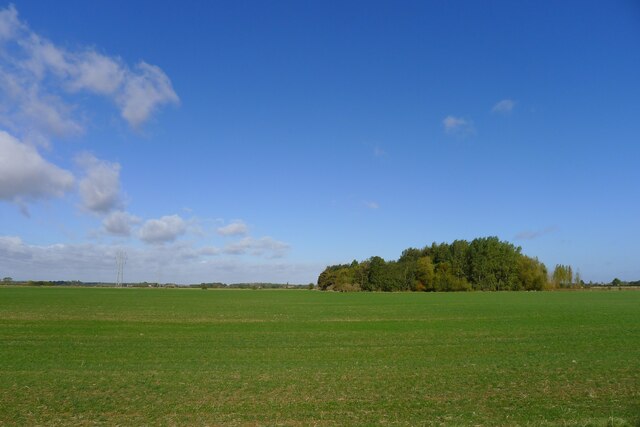
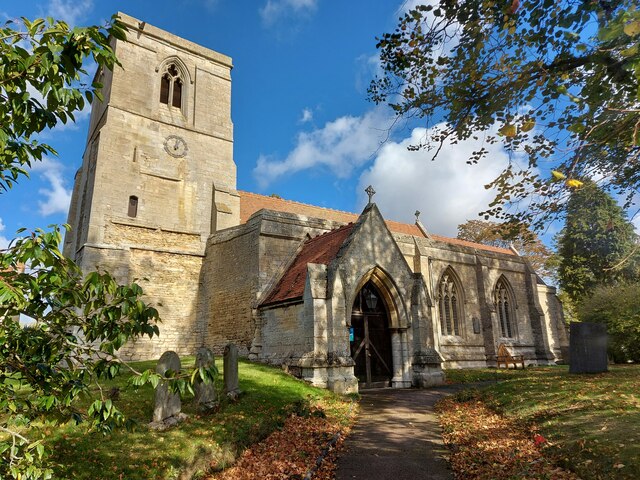
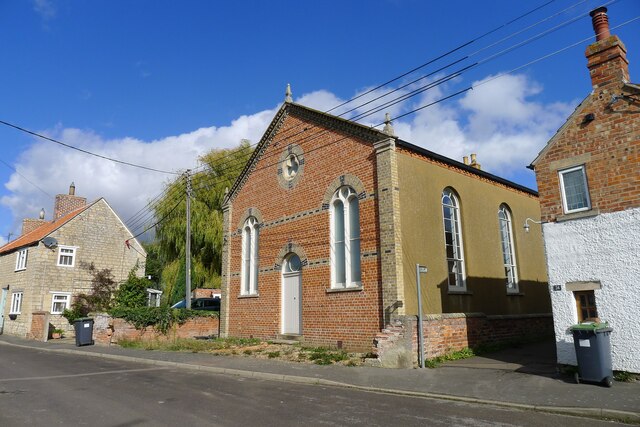
Casswell's Plantation is located at Grid Ref: TF0739 (Lat: 52.93819, Lng: -0.39926279)
Administrative County: Lincolnshire
District: North Kesteven
Police Authority: Lincolnshire
What 3 Words
///excusing.appetite.threading. Near Billingborough, Lincolnshire
Nearby Locations
Related Wikis
Osbournby
Osbournby (locally pronounced Ozzenby or Ossenby) is a small village and civil parish in the North Kesteven district of Lincolnshire, England. The population...
Aswarby
Aswarby () is a village in the civil parish of Aswarby and Swarby, in the North Kesteven district of Lincolnshire, England. It is 3.5 miles (5.6 km) south...
Spanby
Spanby is a village and former civil parish in the North Kesteven district of Lincolnshire, England, about 5 miles (8 km) south from the town of Sleaford...
Aswarby and Swarby
Aswarby and Swarby is a civil parish in the North Kesteven district of Lincolnshire, England. Aswarby (pronounced locally as "as-r-bee") is the ecclesiastical...
Aswarby and Scredington railway station
Aswarby and Scredington railway station was a station close to Scredington, Lincolnshire on the Great Northern Railway Bourne and Sleaford railway. It...
Scredington
Scredington is a village and civil parish in the North Kesteven district of Lincolnshire, England. The population of the civil parish at the 2011 census...
Threekingham Bar
Threekingham Bar is the name given to interception of the A52 (Grantham to Boston) and A15 (Peterborough to Lincoln and Hull) roads, 1 mile (1.6 km) to...
Threekingham
Threekingham (sometimes Threckingham or Tricengham) is a village in the North Kesteven district of Lincolnshire, England. The population of the civil parish...
Have you been to Casswell's Plantation?
Leave your review of Casswell's Plantation below (or comments, questions and feedback).
